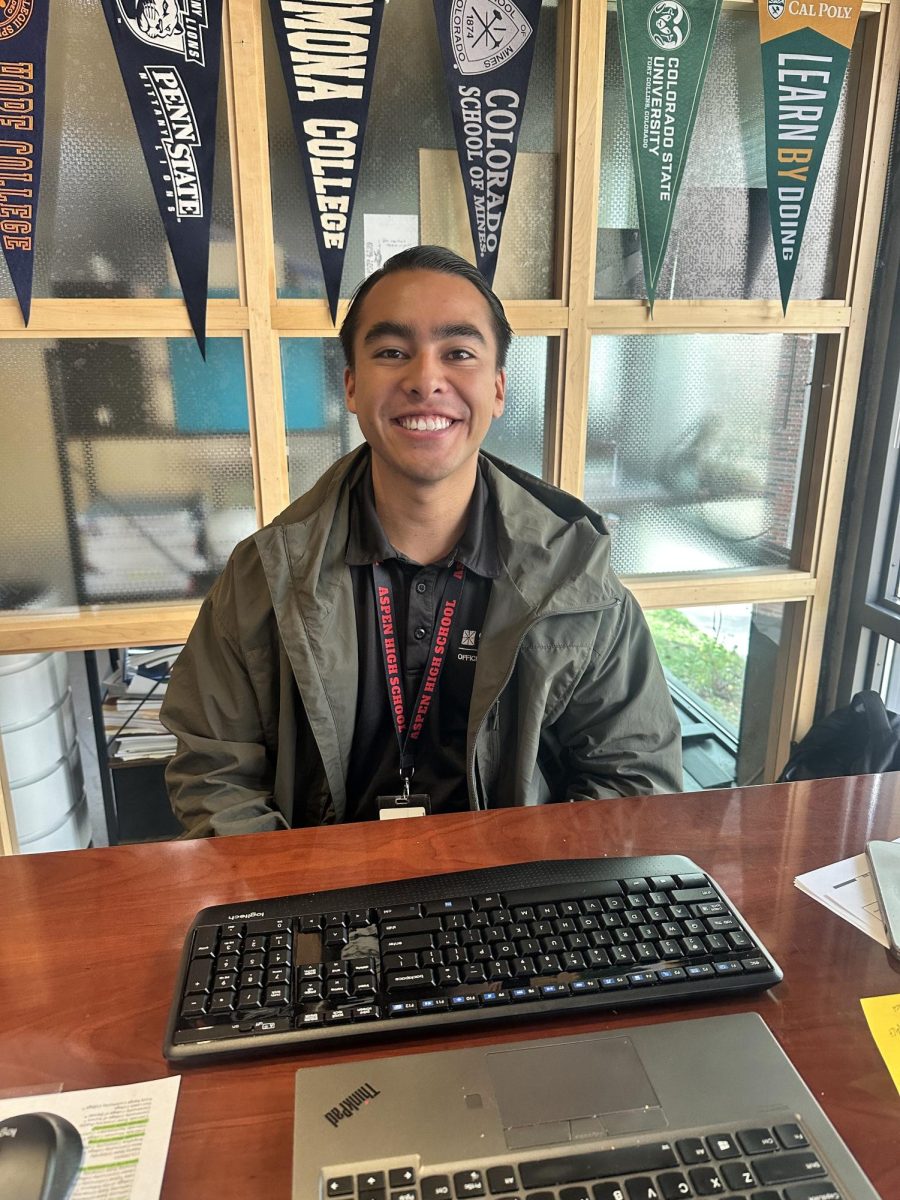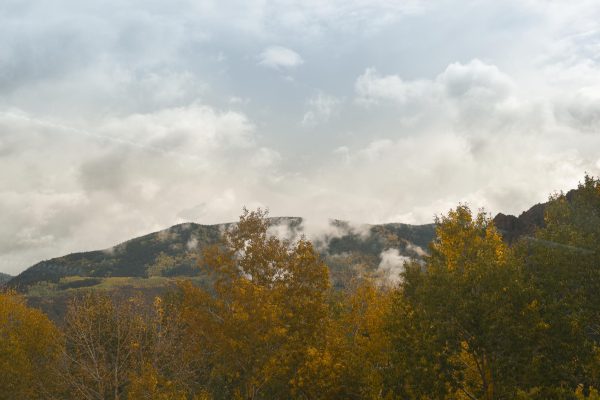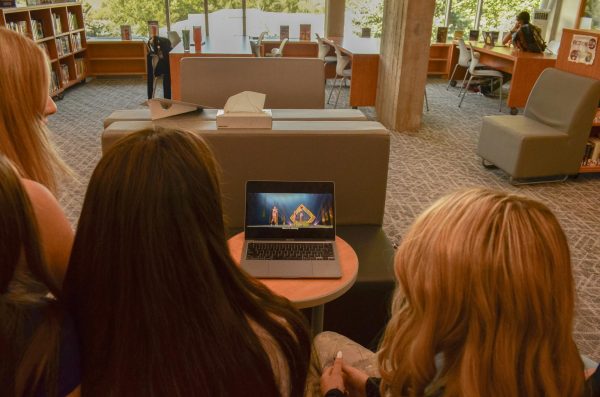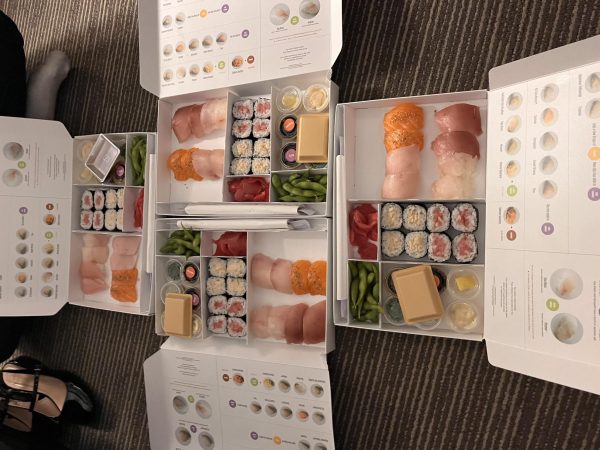America’s Greatest Springtime Tradition
While the Rocky Mountain spring consists of bare plants exposing their naked branches, mud, and naturally died splotches of snow all over, Washington DC, portrays a picture-perfect spring scene described in a poem—the trees bloom, the sun shines. With a line of cherry blossom trees hugging the Potomac River, millions of tourists each year flood to the capitol to watch the glorious trees grow and celebrate a history of a blooming friendship.
Every April, Washington DC holds the National Cherry Blossom Festival, or as many call it,” The celebration of spring.”
Not long ago however, the joyous meaning of a cherry blossom tree did not exist in U.S. peoples’ lives. It was not up until 1912 that Washington DC received the gift of 3,000 cherry blossom trees from Tokyo’s mayor, Yukio Ozaki. The U.S. planted the trees then, not only into their soil, but also into their nation’s springtime culture.
According to the National Cherry Blossom Festival Organization, on March 27, 1912, the first lady Helen Herron Taft and the Japanese ambassador’s wife, Viscountess Chinda, planted two cherry blossom trees onto the Tidal Basin in West Potomac Park, Washington DC. Two years later, the U.S. mimicked the gesture and sent Japan flowering dogwood trees. Since then, the cherry blossom trees have signified a strong friendship between two nations—The U.S.A. and Japan.
Despite the tragic events caused by the U.S. and Japan’s involvement in World War Two (The bombing of Pearl Harbor and the bombing of Hiroshima), the two countries were still able to remain friendly after the end of the war. According to the history channel, throughout the events of the war, the trees were not nearly as accepted by the nation. There were attempts to chop down them down and the U.S. referred to the trees as “oriental” in an attempt to disguise the true roots of where they came from. However, at the end of the war, the trees were slowly accepted again as “a gift from Japan” and the nations continued to exchange gifts (trees). From 1912 up until today, The National Festival has only grown into its reputation as being “the nation’s greatest springtime celebration.” This April many travel to DC to enjoy the serene view of the beautiful plants and experience the Japanese culture.
“I went to the National Cherry Blossom Festival when I was little, and my highlight was probably seeing the beautiful pink flowers and how it made me feel like springtime was here and at the same time grateful for all of my friendships,” sophomore Delaney Sinko said.
The tradition will continue to signify the beautiful nature of spring to the visitors, and will also continue to remind the nation of the history of the two countries’ strong relationship.
“We’ll never forget the roots of where this all started…where these trees came from and the symbol of peace and friendship they represent,” Diana Mayhew, National Cherry Blossom Festival President, said.

Livvy Clauss is a junior at AHS. She enjoys being outside whether it is biking, hiking, and skiing. She also loves writing and being up to date on news...






























